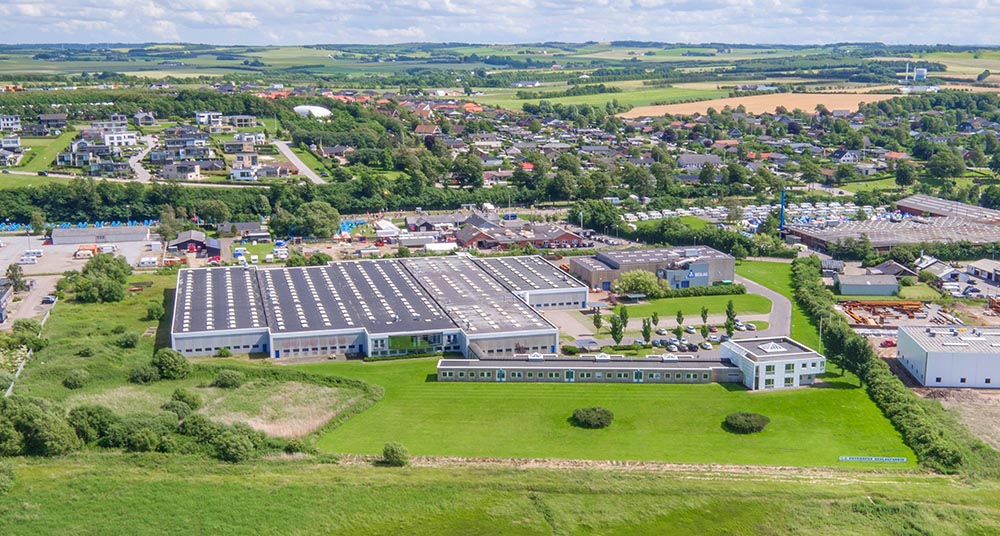The IPA history and development
A/S J. Petersens Beslagfabrik – IPA – represents 150 years of experience and expertise in developing and producing builder’s hardware and fittings. Founded in 1869 in Nibe, a small town at the Limfjord in Northern Jutland of Denmark, IPA has made the development from a small local locksmith based in the town center to a modern technology based industry with worldwide business relations.
IPA is still owned by the founding families and the top managers today are third and fourth generation.
In a complex of modern buildings covering more than 20000 m2, 160 employees combine skills, tradition and respect for genuine craftsmanship.
A lot of emphasis is put on the environmental side. Good and healthy working conditions are key issues in everybody’s daily working life. At IPA such issues are put into focus. This is probably one of the reasons why lifelong employment so often is the case at IPA.
A wide range of standard products as well as a flexible production capacity enables IPA to produce and sell products which comply with customer’s individual needs.
IPA standard products as well as customized items meet today’s function and quality requirements. The quality management system, which is awarded with a certificate of approval in accordance with the international DS/ISO 9001, ensures consistent quality.
The standard product program includes all kinds of fittings and builders hardware. A very important part of the IPA product program is the IPA system fittings for the window and door manufacturing industry.
The IPA system fittings represent a unique solution for flexible productions of windows and doors. The system consists of a comprehensive range of fittings for windows and doors which all fit into the same timber profile.
By using the same profile for different types of windows, the window manufacturer will achieve a much more flexible production. He will reduce manufacturing time, decrease stocking levels, and save on overall operating costs.

